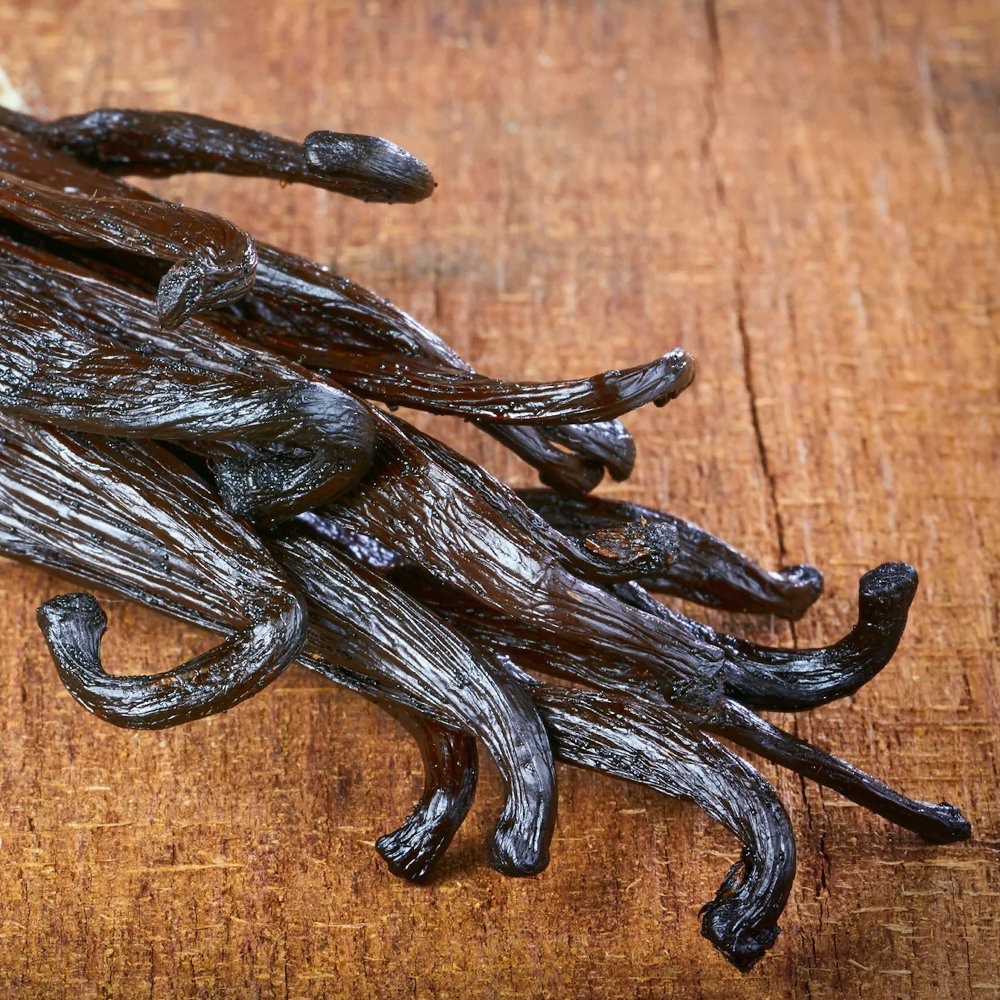Ethyl Maltol
Premium Synthetic Ingredient for Perfumery
Ethyl Maltol (CAS 4940-11-8) is a synthetic perfumery ingredient known for its intensely sweet, caramellic, and jammy aroma reminiscent of candyfloss and fruit preserves. With a significantly higher potency than maltol—four to six times stronger—it is widely used to impart warmth and sweetness to gourmand, fruity, and vanilla-based compositions. Its strong diffusion and high odor tenacity make it a key modifier in both perfumery and flavor applications, especially in enhancing edible or nostalgic scent profiles.
Premium Synthetic Ingredient for Perfumery
Ethyl Maltol (CAS 4940-11-8) is a synthetic perfumery ingredient known for its intensely sweet, caramellic, and jammy aroma reminiscent of candyfloss and fruit preserves. With a significantly higher potency than maltol—four to six times stronger—it is widely used to impart warmth and sweetness to gourmand, fruity, and vanilla-based compositions. Its strong diffusion and high odor tenacity make it a key modifier in both perfumery and flavor applications, especially in enhancing edible or nostalgic scent profiles.
Premium Synthetic Ingredient for Perfumery
Ethyl Maltol (CAS 4940-11-8) is a synthetic perfumery ingredient known for its intensely sweet, caramellic, and jammy aroma reminiscent of candyfloss and fruit preserves. With a significantly higher potency than maltol—four to six times stronger—it is widely used to impart warmth and sweetness to gourmand, fruity, and vanilla-based compositions. Its strong diffusion and high odor tenacity make it a key modifier in both perfumery and flavor applications, especially in enhancing edible or nostalgic scent profiles.
Synthetic Ingredient Overview
🏭 Manufacturer: Commonly available (various producers)
🔎 Chemical Name: 2-ethyl-3-hydroxy-4H-pyran-4-one
🧪 Synonyms: EM, Ethylpyromeconic acid
🧬 Chemical Formula: C₇H₈O₃
📂 CAS N°: 4940-11-8
📘 FEMA: 3487
⚖️ MW: 140.14 g/mol
📝 Odor Type: Sweet → Gourmand (Caramellic)
📈 Odor Strength: High
👃🏼 Odor Profile: Sweet, sugary, burnt cotton candy, caramelised, jammy strawberry-like
👅 Flavor Profile: Burnt sugar, strawberry jam, vanilla, cotton candy, creamy
⚗️ Uses: Sweetening and stabilizing gourmand or fruity accords, especially in vanilla, chocolate, caramel, and red berry themes.
🧴 Appearance: White crystalline solid
What is Ethyl Maltol?
Ethyl Maltol is a synthetic heterocyclic compound and a homolog of maltol, structurally defined as a hydroxypyranone with an ethyl substitution. First isolated from larch tree bark, it is now industrially synthesized due to global demand in both the flavor and fragrance sectors. Its thermal stability, olfactory intensity, and compatibility with a wide array of aromatic materials make it a benchmark ingredient for sweet, edible, or nostalgic scent construction.
In perfumery, Ethyl Maltol acts as a sweetness modulator, often layered with vanillin, coumarin, and musks to provide depth, roundness, and lasting appeal. Used at high dilution, it reinforces candy-like notes and lends emotional familiarity to compositions. It is commonly found in gourmand, fruity-floral, oriental, and fantasy accords.
Olfactory Behavior & Perfumery Applications
Odor Perception:
Top Notes: Jammy fruit, sugary red berries
Heart/Base Notes: Caramelized cotton candy, vanilla fudge, burnt sugar
Functional Roles in Formulation:
Sweetener: Intensifies gourmand and fruity profiles
Blender: Adds roundness and projection to vanilla, chocolate, and fruit
Fixative: Reinforces base notes by enhancing longevity and body
Typical Applications:
Candy-style gourmand perfumes (e.g. cotton candy, toffee, caramel themes)
Fruity florals (strawberry-rose, peach-gardenia)
Oriental vanillas and modern "dessert" fragrances
Industrial masking agent for harsh or rubbery notes in consumer products
Industrial and Technical Uses
Flavor Industry: Found in chocolate, caramel, red berry, and soda-type flavors; commonly used at 50–1000 ppm, higher in confectionery or chewing gum
Pharmaceuticals & Tobacco: Enhancer for taste-masking and aromatic properties
Cosmetics & Personal Care: Masking agent and sweetener in balms and creams
Functional Products: Adds a palatable note to industrial formulations
Regulatory & Safety Overview
IFRA Status: Not currently restricted (IFRA 51st)
EU Allergen List: Not listed under Annex III allergens
FEMA GRAS: 3487 (recognized for flavor use)
REACH: Registered; no hazard classification under typical use
Toxicology Summary:
Low oral toxicity
No skin sensitization reported under standard conditions
Safe within typical fragrance concentrations
Avoid overheating or concentrated exposure in manufacturing
⚠️ Ethyl Maltol is powerful even at low dosage. Overuse can overwhelm a composition and distort top-note brightness.
Additional Notes on Production and Use
Ethyl Maltol is synthesized via pyranone chemistry, often from furfural or other carbohydrate-derived intermediates. A key method is catalytic hydrogenation followed by oxidation.
Its use in perfumery dates back to the late 20th century, when its strength and versatility surpassed maltol. It is also an essential component in modern electronic cigarette flavors and heat-stable bakery aromas.
Sources
Perfume and Flavor Chemicals, Steffen Arctander
The Chemistry of Fragrance, D. Pybus & C. Sell
FEMA GRAS Database
NCBI PubChem CID 5364409 – Ethyl Maltol
Gerard Mosciano, P&F Journal 1991
McGinty, Letizia & Api, IFRA Safety Assessments
Hamza, 2023 – Ethyl Maltol in Thermally Processed Foods








